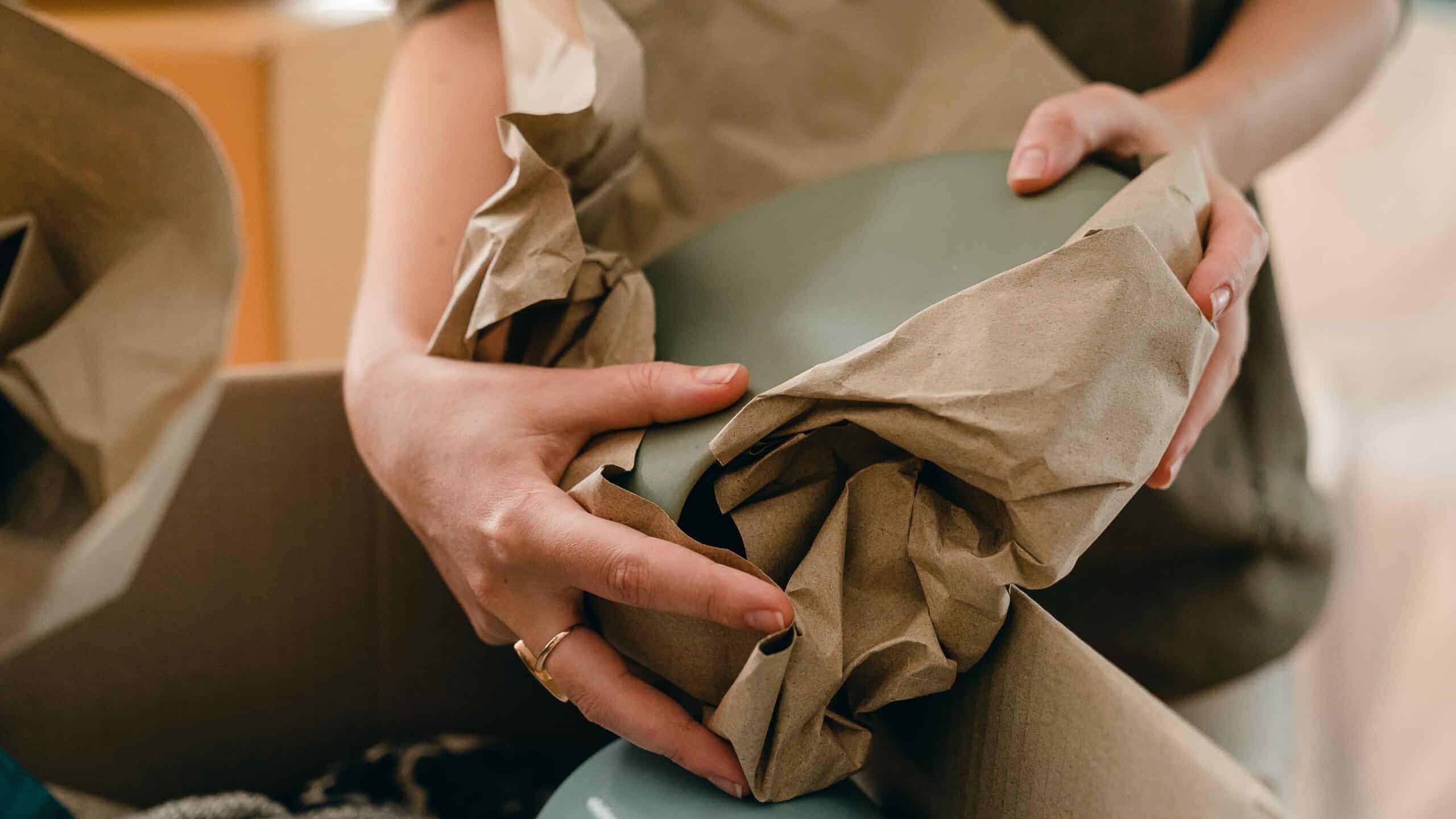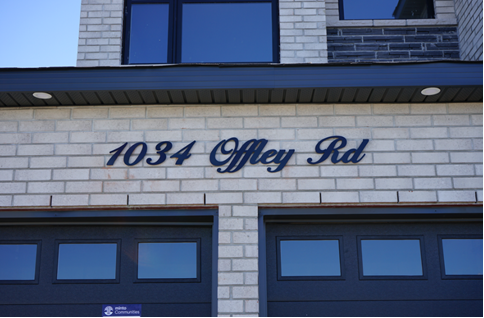Wallpaper can be a great way to give your home an instant upgrade, especially if you’re looking to create the tropical paradise look that’s all the rage these days. But with so many tropical wallpaper options out there, it can be hard to know where to start. Thankfully, we’ve put together this guide to help you figure out which tropical wallpaper designs will go best in your home and how to decorate like a pro with wallpaper.
Table of Contents
Step 1: Pick a Brilliant Wallpaper
The first step in creating a tropical paradise is picking out wallpaper for walls that is peel and stick. Sure, you can go for something subtle like seashells or starfish, but really what’s fun about that? Nothing! The most important part of decorating your home is going for it! Choose a wallpaper with flamingos and palm trees or parrots and pineapples.
The more ostentatious, tacky, and retro, the better. You want your apartment to look like it was designed by Lisa Frank (Google her). Now that you have your wall covering selected (congratulations) there are just two more steps before you can kick back on that patio furniture you picked up at Goodwill yesterday.
And those steps involve painting your walls and laying down flooring. But we’ll get to those later. For now, let’s focus on making sure you don’t accidentally make any design mistakes that will drive away potential renters…or worse: investors.
Don’t skimp on colors: It might seem counterintuitive, but if you’re trying to create a space that evokes an island living in another country, then why not use colors found in nature? What I mean is: paint everything white. Walls, ceiling, doors—everything should be white except for maybe one accent wall which should be an intense blue-green hue so bright it looks radioactive.
Step 2: Add some Color
There’s nothing more inviting than a well-placed splash of bright or bold color to make any room feel lively and inviting. When looking for tropical wallpaper, look for patterns that are bold in color but not too busy. The goal is to add brightness without overstimulating your eyes.
Whether you go for tropical-bright yellows and greens or soothing neutral tones, consider which colors will best complement other elements in your home; one of our favorites is purple—it always creates an airy feel (and contrasts beautifully with white walls).
Bonus: these colors also blend well with most existing wall coverings, so if you decide you need a change later on down the road, it’ll be easier to coordinate your new design with your old one. Also, remember that whatever you choose can impact how light or dark a room feels.
So before making a final decision, take some time to imagine how light would fall in different rooms throughout your house under different lighting conditions during various times of the day. Think about whether it might seem brighter than you want during certain hours (i.e., while watching TV) or darker than you prefer when reading before bedtime.
If needed, think about ways to counteract potential issues like installing blinds on windows that face westward in order to control natural sunlight throughout each day or adding extra lamps/lighting fixtures as needed.
Step 3: Make it Elegant
Give your wallpaper a professional finish by making sure it has a continuous roll, or pattern when going from one wall to another. You can do so with a special tool called a wallpaper trimmer or you can cut your own, but these tools aren’t necessary unless you’re creating wallpaper for an entire home.
If you do use them, make sure they are of good quality and that they work correctly before using them on your wall; otherwise, you might end up having to redo them all later. After cutting, spread out your pattern and double-check that it’s perfect by stretching out each piece carefully along all four walls.
Examine them closely, because any imperfections will show up once you’ve pasted everything down. Once you’re satisfied, start at one corner and pastedown your first strip. The goal is to create a seamless transition between each strip as well as to ensure that there is no overlap in between strips.
This way, no matter where someone looks at your wall they won’t be able to tell where two pieces of paper meet together. When applying paste onto your wall, avoid getting it on any furniture or light fixtures as well as carpeting if possible since glue stains can be hard to remove if not cleaned immediately after application.
Step 4: Get Tropical
The easiest way to create a tropical paradise in your home is by using wallpaper, and with so many amazing options available now it can be hard to choose. One of our favorites is Hawaiian Haze, a cheerful pattern that’s inspired by vacations along sandy beaches.
Stripes can also add warmth to cold spaces – such as an otherwise stark office space – and bring a touch of nature into your home. If you like more abstract designs, check out these super cool vinyl wall stickers.
The creative uses for all of these beautiful patterns are endless! Perhaps you have an unused closet that could use some sprucing up? Or maybe you just want to make your bedroom feel cozier. No matter what project you decide to tackle first, we hope these ideas inspire you to create a little bit of paradise in your own home.






